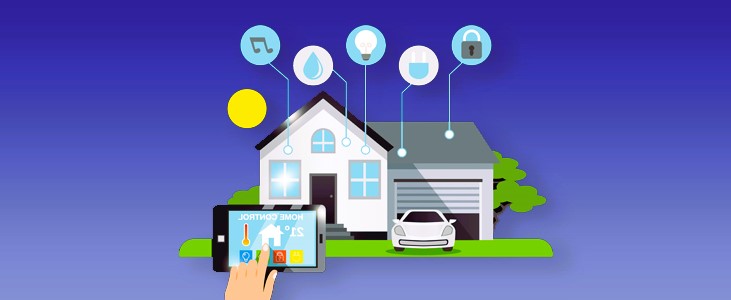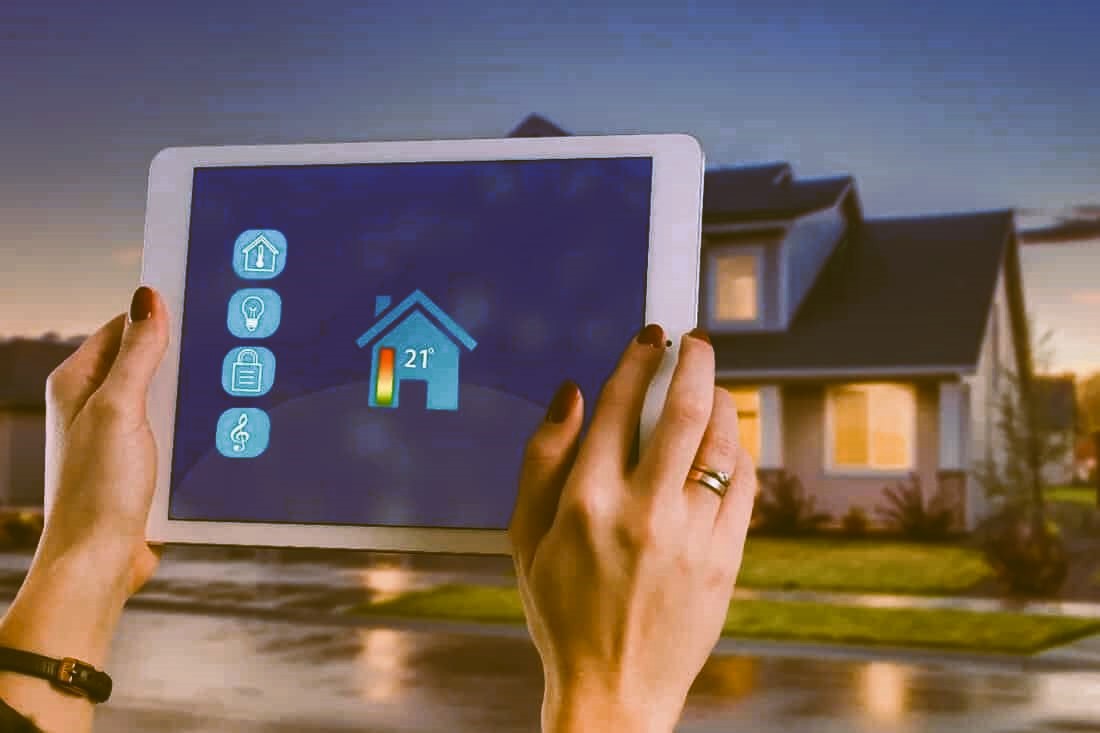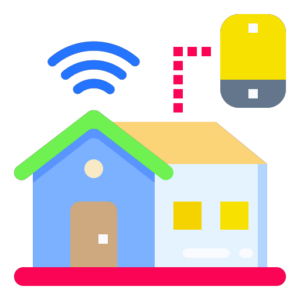The concept of a “smart home” has gained considerable traction in recent years, offering homeowners an array of technologies and connected devices aimed at enhancing convenience, security, and energy efficiency. While the allure of a smart home is evident, it is essential to weigh both the advantages and disadvantages before fully embracing this technological evolution.
Advantages of Smart Homes:
- Convenience and Automation: Advantage: One of the primary benefits of a smart home is the convenience it brings through automation. Smart devices, ranging from lights and thermostats to locks and appliances, can be programmed to perform tasks automatically. This automation simplifies daily routines and reduces the need for manual intervention.
- Enhanced Security: Advantage: Smart home security systems provide a higher level of protection through features like smart cameras, motion detectors, and door/window sensors. Users can receive real-time alerts, monitor their homes remotely, and even integrate security systems with smart locks for comprehensive control.
- Energy Efficiency: Advantage: Smart home technologies contribute to energy conservation by optimizing the use of resources. Smart thermostats, for example, can learn user preferences and adjust heating or cooling accordingly, leading to energy savings and reduced utility bills.
- Remote Access and Monitoring: Advantage: The ability to remotely access and monitor a smart home is a significant advantage. Homeowners can check security cameras, adjust settings, and receive notifications from anywhere with an internet connection, providing peace of mind and control on the go.
- Customization and Personalization: Advantage: Smart home systems offer a high degree of customization, allowing users to tailor settings to their preferences. From lighting colors and intensity to automated routines, the ability to personalize the smart home experience adds to the overall satisfaction of users.
- Integration with Voice Assistants: Advantage: Many smart home devices integrate seamlessly with popular voice assistants like Amazon Alexa, Google Assistant, and Apple Siri. Voice commands enable hands-free control of devices, adding a layer of accessibility and convenience for users of all ages.
Disadvantages of Smart Homes:
- Initial Cost and Investment: Disadvantage: One of the primary drawbacks of smart home technology is the initial cost of implementation. Smart devices and systems often require an upfront investment, including the purchase of compatible devices, sensors, and a central hub or controller.
- Compatibility Issues: Disadvantage: Compatibility challenges can arise when integrating devices from different manufacturers or using various communication protocols. Ensuring seamless communication and integration among all components may require careful consideration and planning.
- Privacy Concerns: Disadvantage: The increased connectivity and data collection in smart homes raise privacy concerns. Smart devices may collect and transmit sensitive information, necessitating robust security measures to protect user data from potential breaches or unauthorized access.
- Complexity and Learning Curve: Disadvantage: The complexity of smart home systems can pose a challenge, especially for users who are less familiar with technology. Setting up and configuring devices, creating automation routines, and troubleshooting issues may require a learning curve.
- Dependence on Internet Connectivity: Disadvantage: Smart home devices heavily rely on internet connectivity. If there is an internet outage or connectivity issues, certain features and functionalities may be compromised, affecting the overall user experience.
- Potential for Technical Issues: Disadvantage: Like any technology, smart home devices are susceptible to technical issues, software bugs, or compatibility glitches. Users may encounter challenges in device setup, connectivity problems, or issues with firmware updates. “Smart Home” system for swimming pools, more details in our article.

International Standards and Smart Homes:
The International Organization for Standardization (ISO) plays a crucial role in developing and maintaining standards related to smart home technologies. These standards cover aspects such as device interoperability, data security, and communication protocols. Adherence to international standards ensures that smart home systems are reliable, secure, and compatible on a global scale.
For more information on international standards related to smart home technology, you can refer to the ISO website.
Conclusion: Striking a Balance
In conclusion, the adoption of smart home technologies presents a dual landscape of advantages and disadvantages. The convenience, security enhancements, and energy efficiency offered by smart homes are compelling advantages that appeal to many homeowners. However, the initial cost, potential privacy concerns, and technical complexities serve as notable disadvantages that should be carefully considered.
As the smart home industry continues to evolve, addressing challenges such as interoperability and privacy will be crucial in ensuring a positive and secure experience for users. Striking a balance between the advantages and disadvantages requires thoughtful planning, awareness of potential issues, and an understanding of individual preferences and priorities. Ultimately, a well-designed and properly configured smart home can offer a harmonious blend of technological convenience and comfortable living.


